
Identifying and Mitigating Risks of CMMS or CAFM System Implementations in Facilities Management
Implementing a Computerised Maintenance Management System (CMMS) or Computer-Aided Facilities Management (CAFM) platform offers transformative benefits—streamlined operations, improved compliance, enhanced visibility, and data-driven planning. But without careful planning, these systems can introduce operational, financial, and compliance risks.
This blog explores how to identify and mitigate key risks associated with CMMS and CAFM systems and outlines what to include in a structured risk assessment.
Why Risk Assessment Matters in FM Software Implementation
CMMS and CAFM systems are central to asset tracking, maintenance scheduling, contractor oversight, and compliance reporting. A single misstep—whether technical, procedural, or human—can create ripple effects across the entire estate.
A risk assessment:
- Prevents project delays and cost overruns
- Protects compliance and service quality
- Supports user adoption and change management
- Helps ensure the software delivers long-term value
Top Risks and How to Mitigate Them
1. Poor Project Planning and Scope Definition
Projects often fail at the planning stage when goals, roles, or success metrics are unclear. Without defined scope, timelines or responsibilities, delays and confusion are inevitable.
Mitigation:
Define clear project objectives, roles, and responsibilities
- Document system requirements and success criteria early
- Agree on scope boundaries and change control processes
2. Data Integrity and Migration Issues
Inaccurate, incomplete, or unstructured data can undermine the entire system. Poor data leads to unreliable reports, asset tracking failures, and compliance risks.
Mitigation:
Conduct a full data audit before migration
- Cleanse and standardise asset and job data
- Use sandbox environments for test migrations and validation
3. Skipping Product Testing
Deploying a system without testing opens the door to broken workflows, performance issues, and user frustration.
Mitigation:
- Set up a secure test environment for User Acceptance Testing (UAT)
- Simulate real-world scenarios, including emergency and mobile workflows
- Test integrations, mobile compatibility, and automations across all roles
4. Lack of a Phased Rollout Strategy
Launching all modules to all users at once is high risk. It can overwhelm teams, reveal untested processes, and delay operational benefits.
Mitigation:
- Start with a pilot group (e.g. one site, team, or module)
- Roll out features incrementally—reactive maintenance, then assets, then compliance
- Use early phases to collect feedback and refine processes
- Offer targeted support at each phase
5. Missing Milestone Checks and Progress Reviews
Without regular project checkpoints, delays or issues can escalate unchecked. Milestone checks create structure and accountability.
Mitigation:
- Define key implementation milestones (e.g. data ready, pilot live, phase 2 start)
- Conduct reviews with stakeholders at each stage
- Adjust timelines or resource plans based on progress
- Use each milestone to reassess risks and document outcomes
6. Low User Adoption and Training Gaps
Even the best system fails if users don’t understand or trust it. Resistance to change often stems from inadequate training and communication.
Mitigation:
- Tailor training for each user group (engineers, helpdesk, management)
- Include hands-on sessions and system walk-throughs
- Provide user guides, in-app help, and a feedback channel
- Recognise and promote early adopters to influence peers
7. Integration Failures with Other Systems
A CAFM system needs to integrate with finance, HR, BIM, or IoT systems. Without reliable integrations, you risk duplicated work, inconsistent data, or limited insights.
Mitigation:
- Map out required data flows early
- Confirm API capabilities with vendors
- Test integration connections during the pilot phase
- Use middleware where necessary to bridge system gaps
8. System Downtime and Reliability Concerns
Downtime can halt job scheduling, disrupt compliance workflows, and affect contractor coordination.
Mitigation:
- Choose a vendor with proven uptime and disaster recovery protocols
- Confirm SLAs and support escalation paths
- Ensure automated backups and test restoration processes
9. Cybersecurity and Access Control Risks
With sensitive data at stake—building plans, RAMS, contractor details—security must be a top priority.
Mitigation:
- Enforce multi-factor authentication (MFA)
- Regularly audit user permissions and data access
- Select vendors with ISO 27001 certification and active threat monitoring
10. Compliance and Regulatory Shortfalls
Overdue tasks, missed inspections, or undocumented processes can result in serious non-compliance with regulations like SFG20, HTM, CQC, or the Building Safety Act.
Mitigation:
- Automate scheduling for statutory checks and inspections
- Link RAMS, COSHH, asbestos, and method statements to job records
- Maintain digital audit trails and auto-generate compliance reports
11. Uncontrolled Costs and Poor ROI
Hidden costs—consultancy, licensing, integrations—can quickly escalate, especially if requirements are not fixed early.
Mitigation:
- Use transparent pricing models with fixed deliverables
- Track all project costs against expected benefits
- Review ROI regularly with management after go-live
What to Include in Your Risk Assessment
A comprehensive CAFM/CMMS risk assessment should include:
- Risk Register – List of identified risks across all categories
- Likelihood and Impact Matrix – Scoring system for prioritisation
- Mitigation Plans – Actions to reduce or remove each risk
- Risk Ownership – Assign responsibility for monitoring and control
- Contingency Plans – Backup strategies for key failure points
- Review Schedule – Regular reviews as the project and system evolve
Conclusion
Implementing a CAFM or CMMS system isn’t just about choosing the right features—it’s about managing the risks that come with change. From planning and testing to phased deployment and review, each step plays a role in reducing failure and maximising success.
At Tabs FM, we understand that a successful implementation depends on more than just software. That’s why our onboarding process is designed to help clients identify, assess, and mitigate risks at every stage. From data validation and stakeholder engagement to structured rollout plans and milestone tracking, our expert team ensures you get the right foundations for long-term success.
Final thoughts ... Take the time to prepare, involve the right people, and measure what matters. Because in facilities management, a proactive approach to risk is the best form of control.
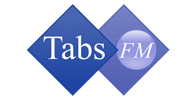
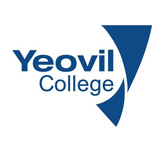
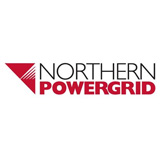
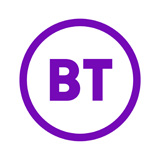
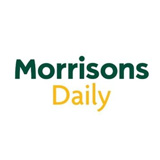
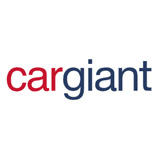
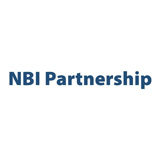

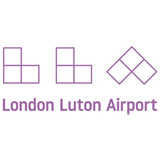









































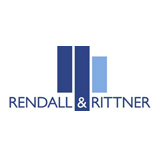
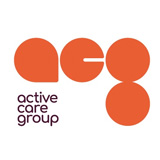

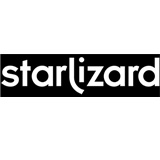
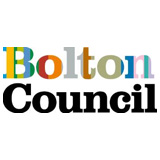
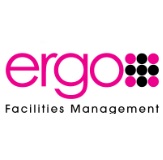
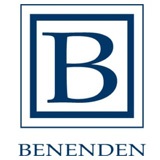

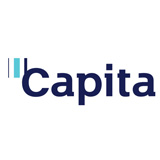
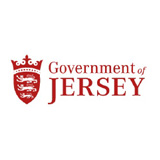
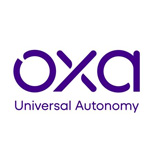

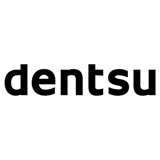
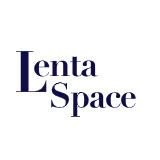
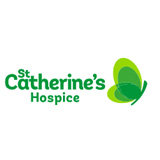




Follow us:
GDPR (Data Privacy)
Disclaimer
COVID-19